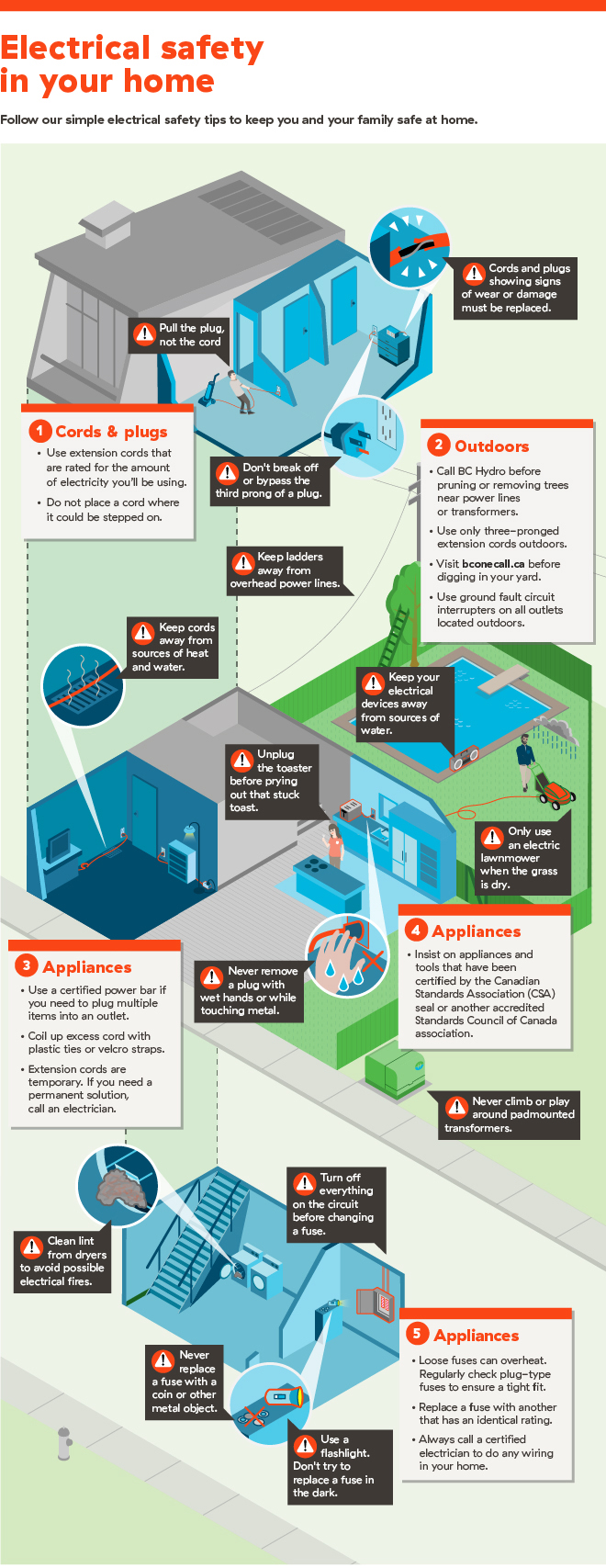Warning Signs For Tree Elimination: How To Discover Harmful Trees
Warning Signs For Tree Elimination: How To Discover Harmful Trees
Blog Article
Web Content Create By-Velling Aagaard
When it involves tree treatment, identifying the indicators that it's time for elimination is important for your safety and security and property. You might observe blemished leaves, wilting branches, or weird fungal developments indicating health problems. Structural problems, like a substantial lean or fractures in the trunk, can likewise pose risks. Recognizing these warning signs can aid you make notified decisions about your trees and prevent prospective dangers prowling in your backyard. What should How To Prune Fig Trees In Pots search for next?
Signs of Degeneration and Illness
When you see indicators of degeneration and disease in your trees, it's crucial to act rapidly. Look for stained leaves, wilting branches, or unusual growths like fungi. These can indicate that your tree is having a hard time.
If you see cracks in the bark or soft, mushy wood, these symptoms recommend internal decay. In addition, a sudden boost in parasites around your tree can signal that it's damaged and vulnerable.
Check for any type of dead or passing away limbs, as they pose a risk to your residential or commercial property and security. If you doubt concerning what you see, consulting an arborist can offer clarity.
Attending to these indicators early can save you from much more substantial damage and ensure the health of your yard. Do not wait until it's far too late.
Structural Instability and Leaning
As you observe your trees, watch out for any kind of signs of architectural instability or leaning. If a tree leans dramatically, it might suggest that the origin system is endangered.
Look for any kind of cracks in the trunk or soil around the base; these can indicate possible failure. In addition, look for uncommon growth patterns, like an uneven crown, which might recommend that the tree is struggling to hold itself upright.
If you see that the tree leans toward your home, power lines, or other structures, it positions a better risk. Don't neglect these indications-- consult an arborist to examine the circumstance.
Doing something about it early can protect against expensive damages and ensure your safety and security.
Dead or Perishing Branches and Vegetation
If you see dead or dying branches and foliage on your tree, it's a clear indicator that something's incorrect.
These undesirable areas can suggest underlying problems like condition, parasite problems, or ecological anxiety. When branches lose their leaves or turn brown, they're no longer contributing to the tree's health. Overlooking these indications might cause additional decline, making your tree a lot more hazardous.
Dead branches can easily break short throughout storms, posing a threat to home and individuals close by. It's essential to assess the degree of the damages.
If the trouble impacts a considerable part of the tree, think about speaking with a professional. They can aid establish if removal is necessary to make sure safety and security and maintain the beauty of your landscape.
Conclusion
If you discover any type of signs of degeneration, architectural instability, or dead branches on your trees, don't overlook them. These signs can pose major safety dangers to you and your residential property. It's always best to seek advice from a professional arborist who can provide a professional evaluation of your trees. Acting early can stop crashes and pricey damage, ensuring your landscape remains secure and healthy and balanced. Bear in mind, it's better to be positive about tree treatment than to wait on a calamity to happen.
